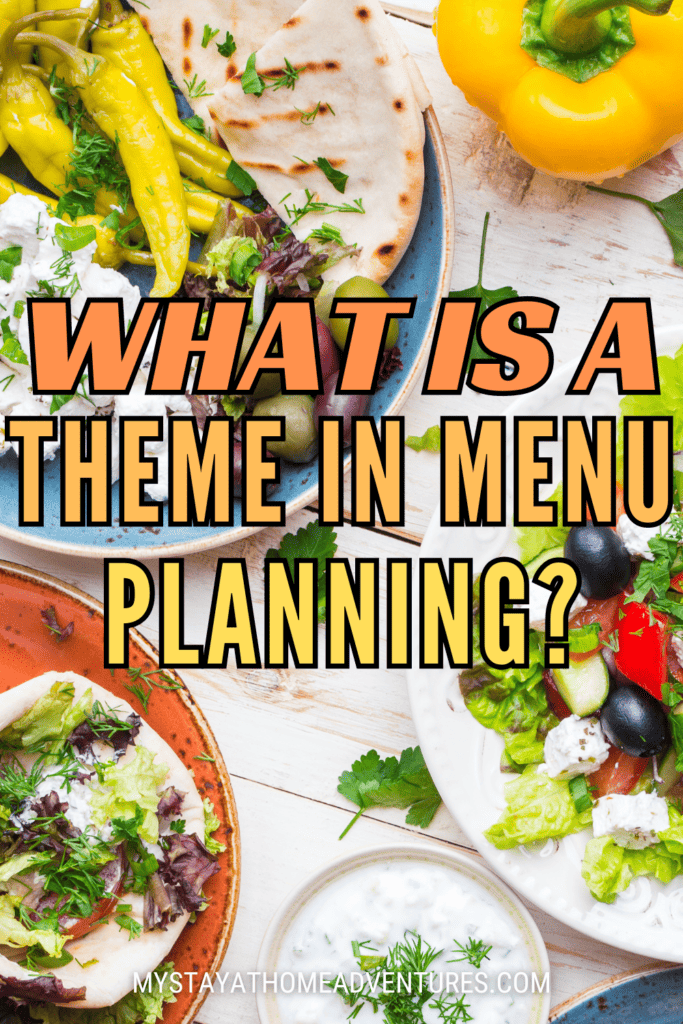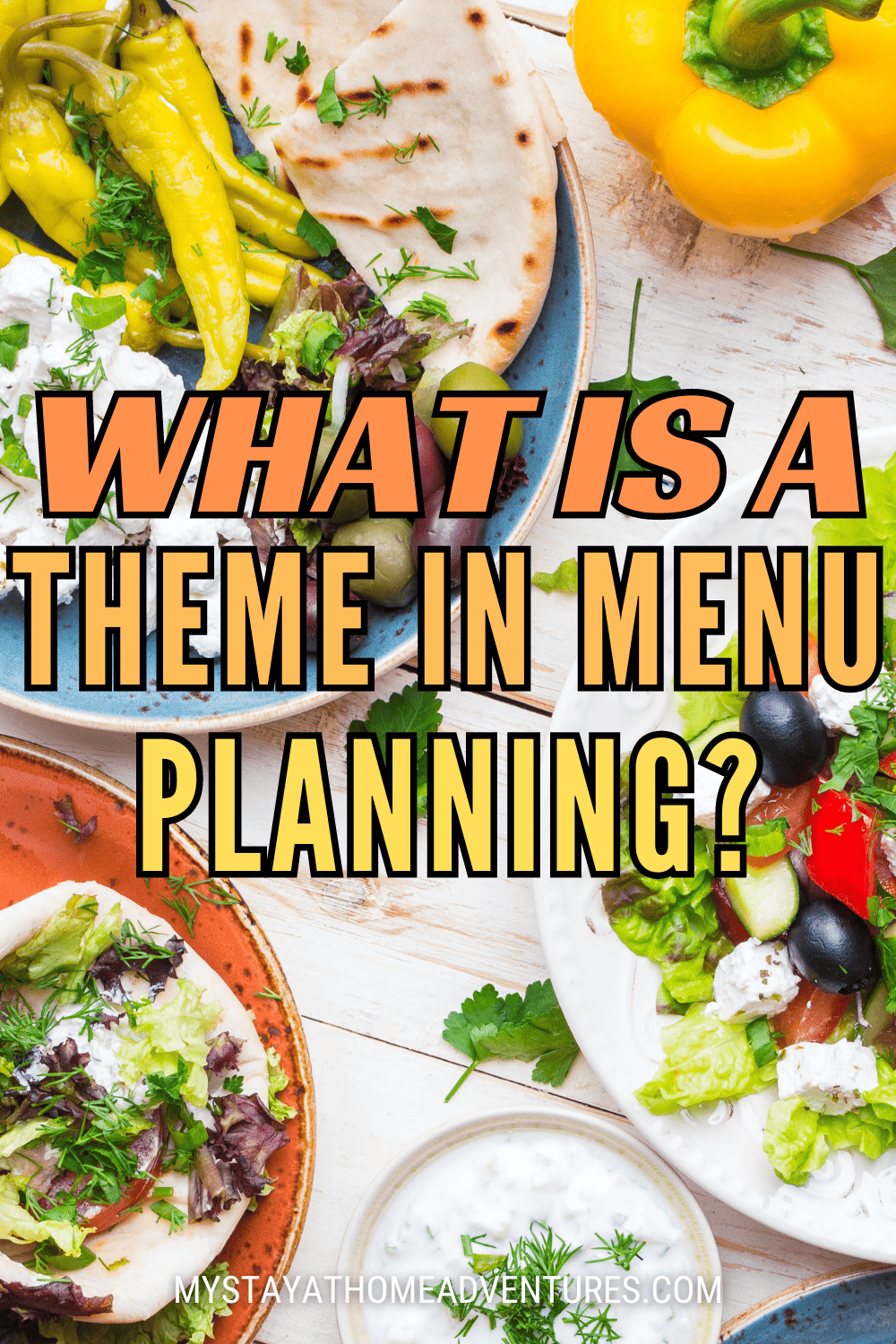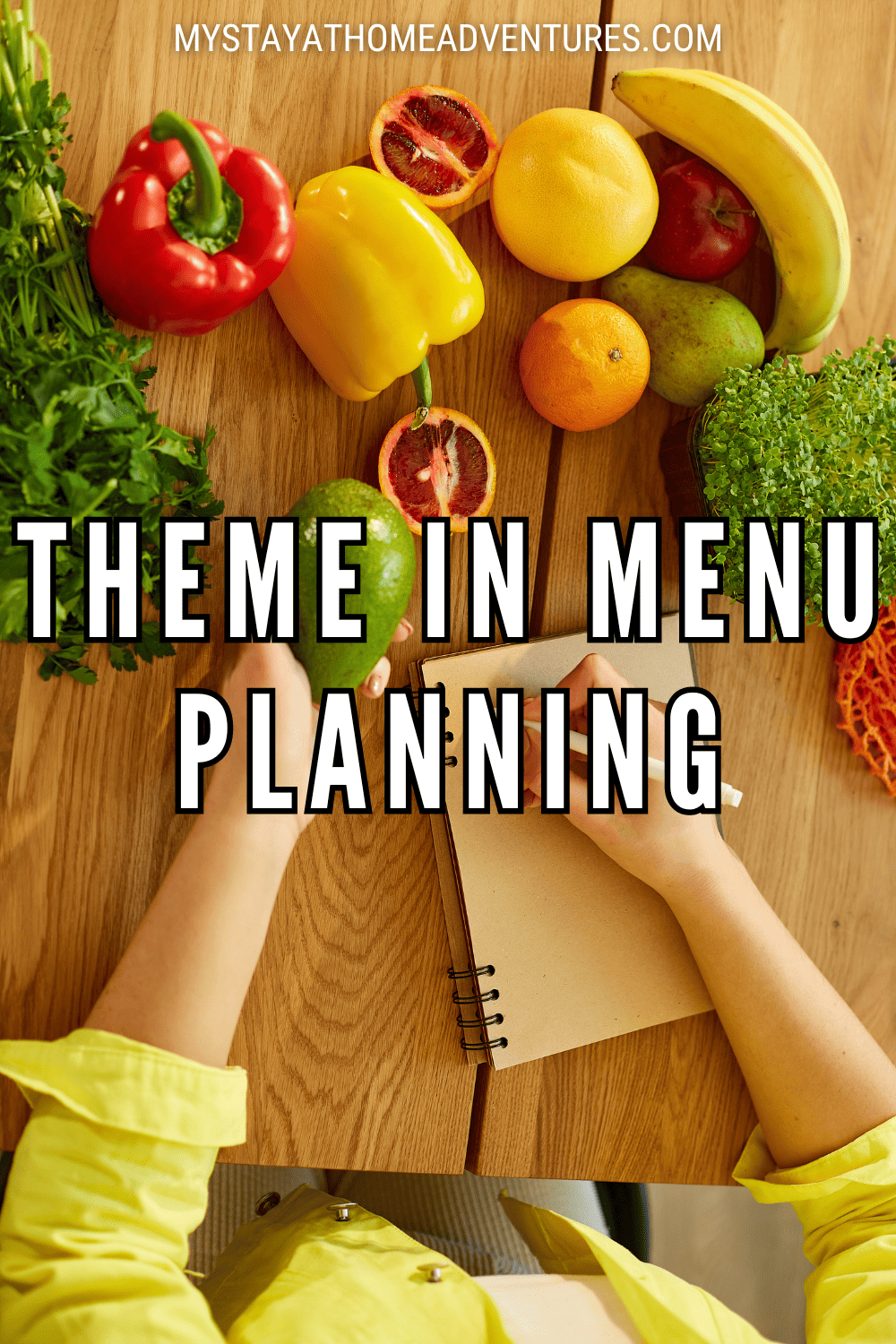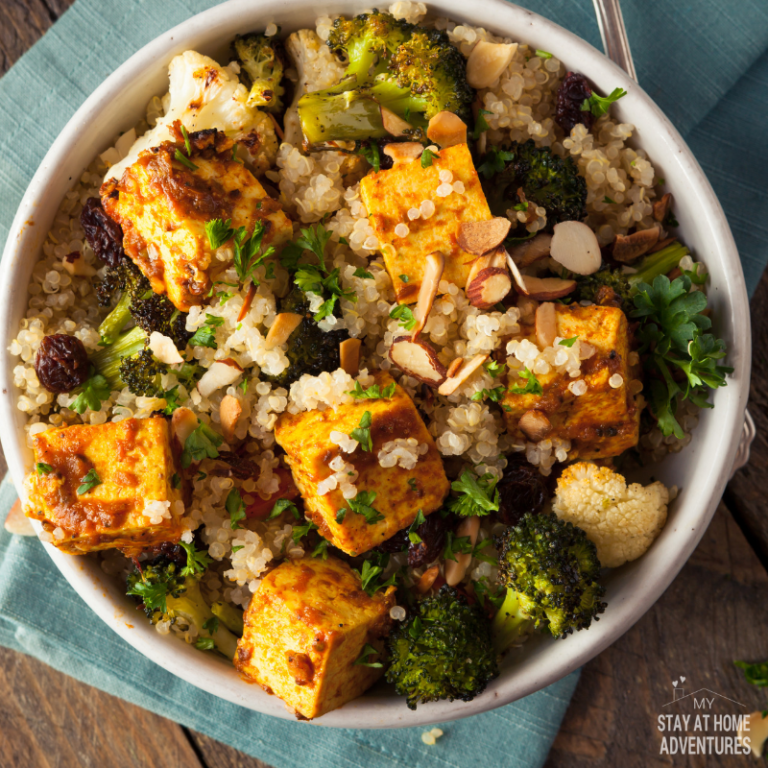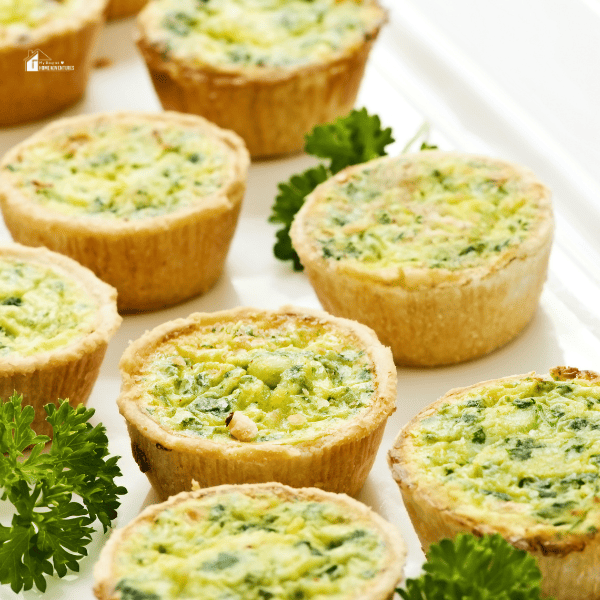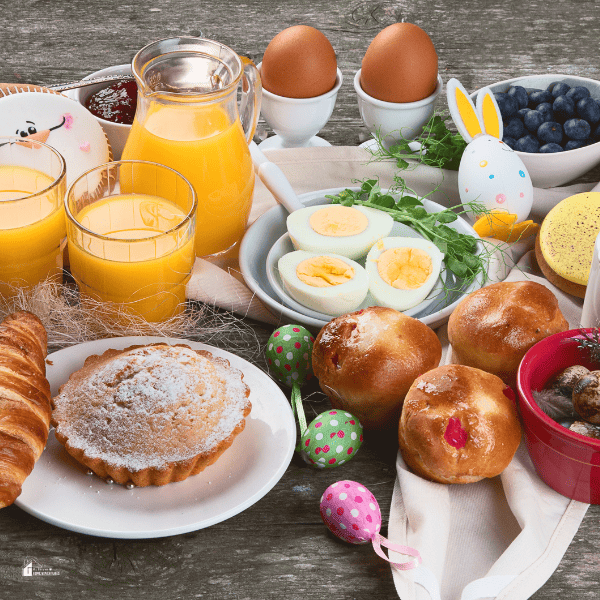What Is A Theme In Menu Planning?
This post may contain affiliate links which might earn us money. Please read my Disclosure and Privacy policies hereA theme in menu planning is like the thread that weaves together all the components of a meal, from appetizers to desserts, into a harmonious and memorable culinary journey. It is a central idea or concept that guides the selection of dishes, ingredients, and presentation to create a cohesive and memorable dining experience.
It's like the backbone of your menu, ensuring that all the components align with a particular concept or idea. A well-thought-out theme can transform an ordinary meal into an extraordinary one, leaving a lasting impression on your guests

What is the significance of having a theme in menu planning?
Having a theme in menu planning offers several advantages, both for the diners and the culinary team. Let's explore the significance of incorporating a theme into your menu planning:
Coherence and Unity
A theme provides cohesion and unity to the meal, making it a more seamless and enjoyable experience for diners. When all elements of the meal align with the theme, it creates a sense of purpose and intention behind the dishes.
Storytelling
Themes enable you to tell a story through your menu. Whether it's a journey through a specific cuisine, a historical period, or a cultural celebration, a theme allows you to engage your diners on a deeper level, connecting them with the narrative behind the meal.
Creativity
A theme can spark creativity in menu planning. It challenges chefs and culinary professionals to think outside the box and come up with unique, inventive dishes that fit the theme, making dining an exciting and memorable experience.
Memorability
A themed menu stands out in the minds of diners. They are more likely to remember and talk about a meal that offers a distinct and memorable theme, creating an excellent marketing opportunity for your establishment.
Versatility
Themes can be adapted to various occasions, from seasonal changes to holidays, allowing for flexibility in your menu planning. This adaptability keeps your menu fresh and exciting for repeat diners.
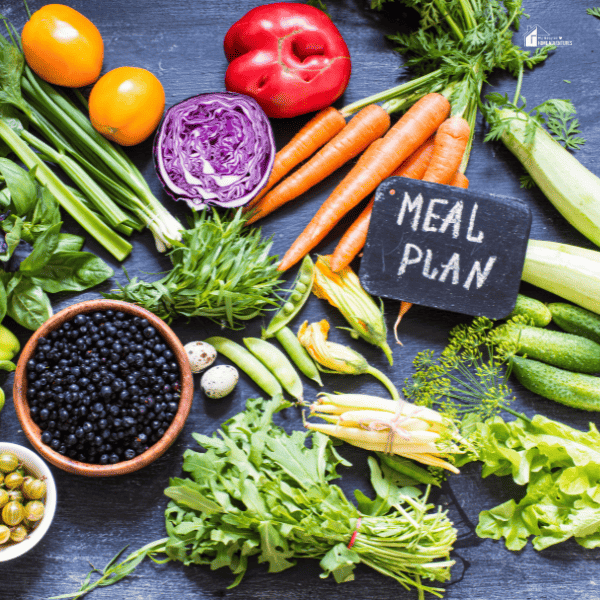
What are the types of themes in menu planning?
Themes in menu planning can be as diverse and creative as your imagination allows. Here are some common types of themes to consider:
Cuisine-based Themes
These themes revolve around a specific cuisine or region, such as Italian, Mexican, or Mediterranean. Exploring the flavors, ingredients, and cooking techniques of a particular culture can be both educational and delicious.
Seasonal Themes
Seasonal themes incorporate the ingredients and flavors of a particular season. For instance, a summer theme might feature light, fresh, and vibrant dishes, while a winter theme might focus on hearty and comforting options.
Event-based Themes
Themes can be tied to specific events or holidays, like a Thanksgiving feast or a Valentine's Day menu. These themes offer an opportunity to celebrate and cater to the expectations of the occasion.
Ingredient-based Themes
These themes revolve around a single key ingredient, such as truffles, mushrooms, or seafood. It challenges chefs to showcase the versatility and creativity in using that ingredient across various courses.
Historical or Time Period Themes
Transport diners to another era by creating a menu that reflects the cuisine and dining practices of a particular historical period. This can be a captivating and educational experience.
How to create a theme-driven menu?
Now that we understand the importance of themes in menu planning and the various types of themes you can choose, let's explore how to create a theme-driven menu:
- Choose a Central Concept: Start by selecting a central concept or idea for your theme. This could be a cuisine, a season, a historical period, or any other concept that resonates with your vision.
- Research and Inspiration: Dive into research to gather inspiration for your theme. Learn about the flavors, ingredients, and cultural aspects that define your chosen concept.
- Select Ingredients: Choose ingredients that align with your theme. This will guide your selection of dishes and help you maintain consistency throughout the meal.
- Develop a Balanced Menu: Create a balanced menu that includes appetizers, main courses, sides, and desserts. Ensure that each course contributes to the overall theme.
- Presentation and Plating: Pay attention to the presentation and plating of your dishes. The visual aspect is just as important in reinforcing the theme as the taste.
- Engage with Storytelling: Train your staff to engage with diners and share the story behind the theme. This adds depth to the dining experience and helps diners connect with the concept.
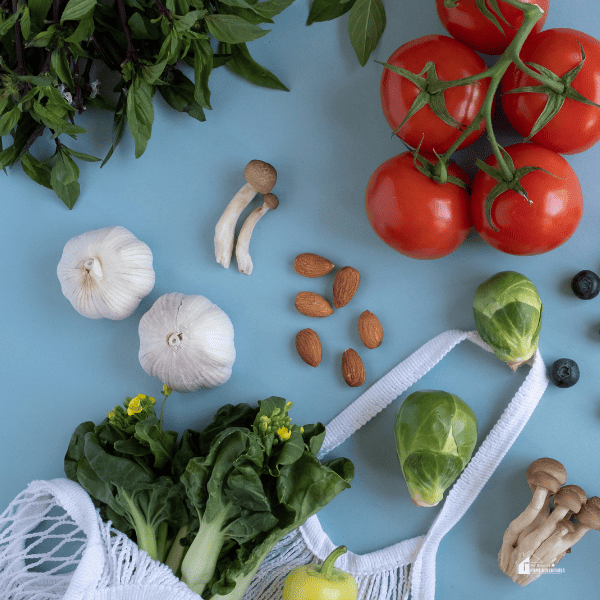
Examples of themed menus
To illustrate the concept of themed menus, here are a few examples of themes and their corresponding dishes:
Italian Riviera Theme
- Appetizer: Caprese Salad
- Main Course: Linguine alle Vongole
- Dessert: Tiramisu
- Wine Pairing: A crisp Pinot Grigio
Farm-to-Table Summer Theme
- Appetizer: Heirloom Tomato Bruschetta
- Main Course: Grilled Vegetable Platter
- Dessert: Fresh Berry Tart
- Drink: Cucumber-Mint Infused Water
1920s Jazz Age Theme
- Appetizer: Shrimp Cocktail
- Main Course: Beef Wellington
- Side: Roaring Twenties Roasted Potatoes
- Dessert: Chocolate Decadence Cake
- Cocktail: Classic Gin Martini
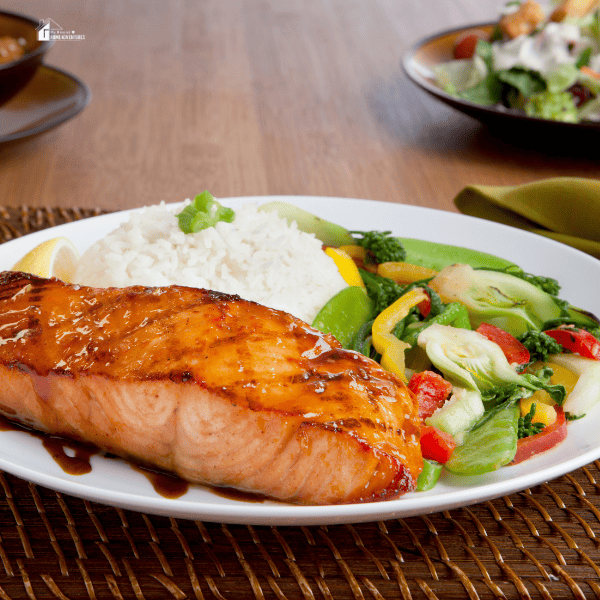
Japanese Sakura Season Theme
- Appetizer: Sakura Sashimi (Assorted sashimi with edible cherry blossoms)
- Main Course: Sakura Miso Salmon (Grilled salmon with a cherry blossom-infused miso glaze)
- Side: Tempura Spring Vegetables
- Dessert: Sakura Blossom Matcha Cheesecake
- Drink: Sakura Blossom Sake
Southern Comfort Food Theme
- Appetizer: Fried Green Tomatoes with Remoulade Sauce
- Main Course: Southern Fried Chicken with Biscuits and Gravy
- Side: Collard Greens with Smoked Bacon
- Dessert: Peach Cobbler with Vanilla Ice Cream
- Drink: Sweet Tea or Mint Julep
Moroccan Spice Bazaar Theme
- Appetizer: Moroccan Harira Soup
- Main Course: Tagine with Lamb and Apricots
- Side: Couscous with Almonds and Raisins
- Dessert: Baklava with Orange Blossom Water
- Drink: Moroccan Mint Tea
Hawaiian Luau Theme
- Appetizer: Ahi Poke (Cubed raw tuna salad)
- Main Course: Kalua Pork (Slow-roasted, shredded pork)
- Side: Coconut Rice
- Dessert: Haupia (Coconut pudding)
- Drink: Mai Tai or Pineapple Ginger Smoothie
Mediterranean Mezze Feast Theme
- Appetizer: Mezze Platter (Hummus, Baba Ghanoush, Tzatziki, Falafel, Olives, Pita)
- Main Course: Grilled Mediterranean Sea Bass with Lemon and Herbs
- Side: Tabouleh Salad
- Dessert: Baklava with Honey and Pistachios
- Drink: Greek Ouzo or Freshly Squeezed Orange Juice
These examples showcase the diversity of themes and the corresponding dishes that can be incorporated into your menu planning, offering a wide range of flavors and experiences to cater to various tastes and preferences.
